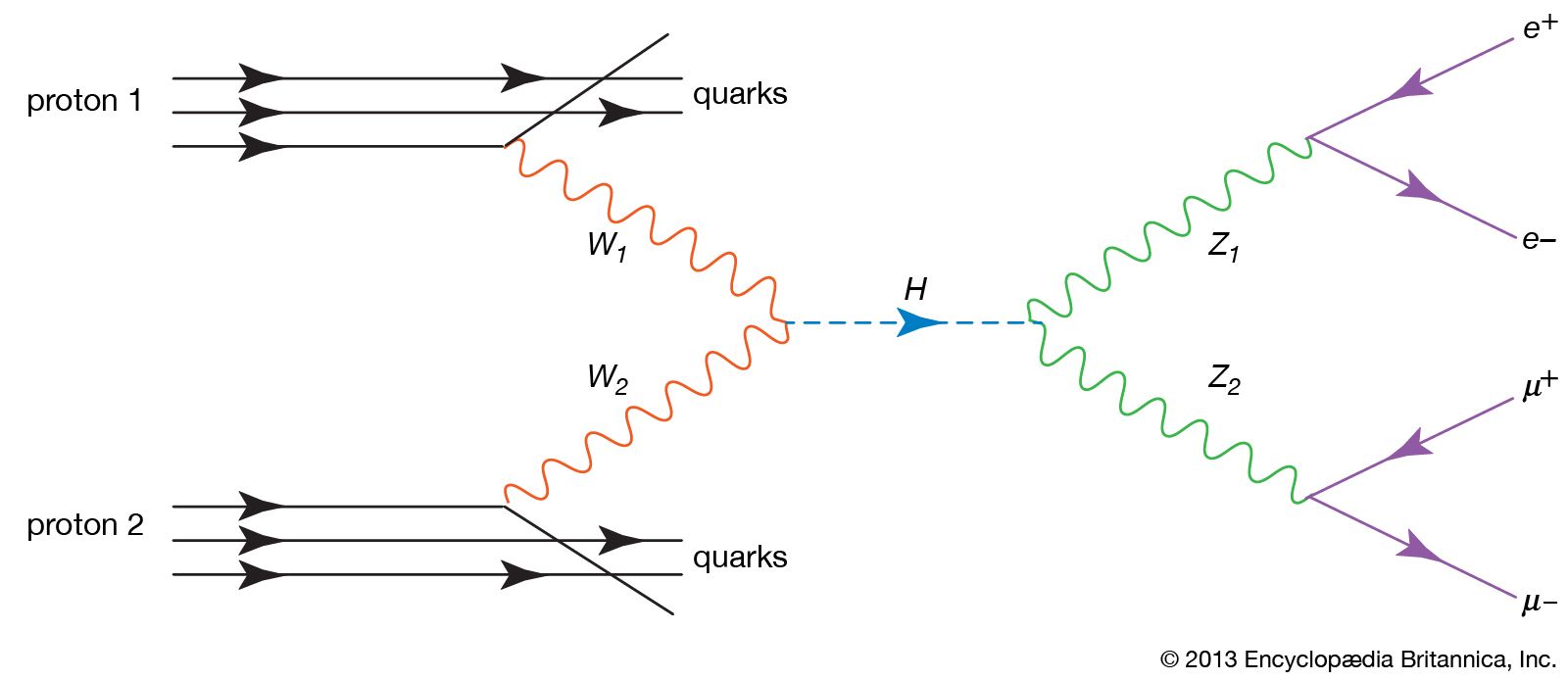The axial Higgs boson, a pivotal entity within the Standard Model of particle physics, serves as a cornerstone in our understanding of mass generation. Its discovery, akin to unearthing a long-sought treasure in the depths of the cosmos, has profound implications for theoretical physics and our comprehension of the universe. This article delineates the intricate journey leading to the axial Higgs boson’s elucidation, weaving through theoretical postulates, experimental endeavors, and the unrelenting quest for knowledge that characterizes modern physics.
To understand the axial Higgs boson, one must first grapple with its foundational antecedent—the Higgs boson itself. Initially posited by physicist Peter Higgs in the 1960s, the Higgs mechanism resolved the enigma of mass acquisition for fundamental particles through spontaneous symmetry breaking. This proposal inspired a monumental experimental undertaking, culminating in the remarkable discovery of the Higgs boson at CERN’s Large Hadron Collider (LHC) in 2012. Yet, even as this particle was celebrated, the physics community remained intrigued by the potential existence of a more exotic variant: the axial Higgs boson.
The concept of an axial Higgs boson emerges from theoretical frameworks that extend beyond the conventional Higgs field. Predicted by certain models of beyond-the-Standard Model physics, particularly those involving supersymmetry and composite Higgs scenarios, the axial Higgs boson is a unique configuration that carries different spin characteristics compared to its scalar counterpart. The axial Higgs boson, heralded as a pivotal piece in the puzzle, offers a tantalizing glimpse into the symmetry and duality present in the fabric of reality.
How, then, was this elusive particle discovered? The journey began with the formulation of an experimental strategy, one deeply rooted in the principles of high-energy physics. Researchers devised mechanisms to probe the fundamental constituents of matter, deploying cutting-edge technology that mirrors the brilliance of a modern-day alchemist. The LHC, a behemoth instrumental in this quest, provided the necessary energy and conditions to produce particles at unprecedented scales. With colliding protons acting as the hammer and the Higgs field as the anvil, physicists sought to forge new findings from the seething primordial soup of the universe.
Detection of the axial Higgs boson necessitated sophisticated theoretical frameworks and innovative experimental designs. Researchers focused on various decay channels and production mechanisms associated with the axial variant. Among these were the distinctive processes involving vector bosons, which would yield unique signatures in the data captured by the LHC’s intricate detectors. The strategies employed were akin to those of a skilled detective, piecing together clues from the remnants of particle collisions, culminating in a coherent narrative of their interactions.
The data acquisition phase proved both exhilarating and daunting. As beams of protons collided at nearly the speed of light, vast amounts of information inundated the detectors, each collision generating a cascade of secondary particles and energies. “Noise” amidst this chaotic symphony obscured the subtle signals expected from the axial Higgs boson. Anomalies in energy distributions, accompanied by telltale decay patterns, became focal points for analysis, akin to the distinct brushstrokes of an impressionist painting that evoke deeper meaning as the viewer contemplates the work in totality.
Statistical analysis of the data is where the true artistry of particle physics emerged. Researchers employed advanced algorithms to sift through the ocean of information, seeking correlation and consistency that could suggest the presence of the axial Higgs boson. The eventual identification of a potential signal was rife with scrutiny and skepticism, with physicists requiring a robust confluence of evidence before heralding any discovery as concrete. They faced the specter of false positives, a veritable specter that haunts the halls of scientific discovery.
As data from thousands of collisions were meticulously analyzed, the culmination of the research pointed towards intriguing resonances characteristic of the axial Higgs boson. Collaboration became essential in this multifaceted endeavor, with physicists from diverse backgrounds converging to discuss, debate, and refine hypotheses. The communal spirit, reminiscent of a symphony orchestra harmonizing disparate notes into a singular melody, was instrumental in pushing the boundaries of particle physics and firmly establishing the axial Higgs as a serious contender for acceptance.
Ultimately, the discovery and affirmation of the axial Higgs boson represent not merely the successful culmination of experimental endeavor; they echo the human penchant for exploration and inquiry. Like explorers mapping uncharted territories, physicists have reached a new frontier that promises not just new particles, but deeper insight into the very infrastructure of our universe. This venture unlocks doors to questions about dark matter and the early universe, weaving together the known and the unknown in a tapestry rich with potential.
In conclusion, the saga of the axial Higgs boson is more than a narrative of scientific inquiry; it embodies the essence of curiosity that defines the human condition. As physicists continue to decode the universe’s complexities, the axial Higgs boson stands as a monumental landmark in the ever-expanding landscape of fundamental physics—an emblem of the unyielding quest to grasp the intricate threads of reality interwoven within the grand tapestry of existence.












